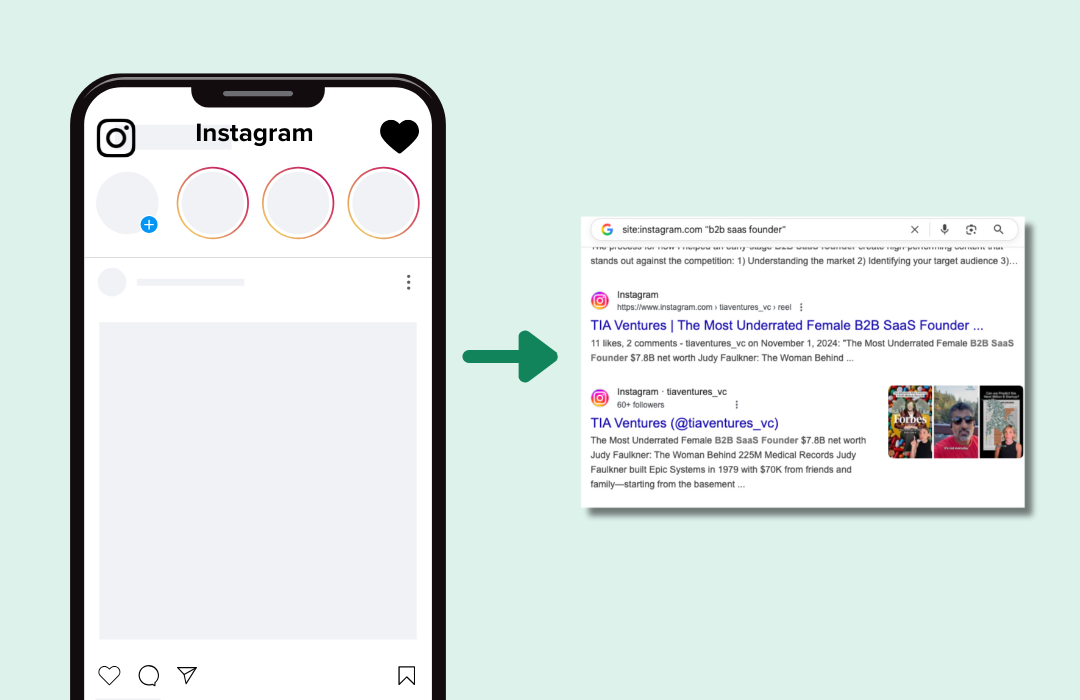It should be no great revelation to this industry that rapport-building conversations with consumers are an effective way to earn sales. That’s right – it’s not all about emails. A good old fashioned sales call (especially inbound) is the perfect opportunity to establish the foundation for a positive relationship with your prospect.
The More Connected We Are, The More Separated We Become
As online efforts become a priority in an increasingly digitized world, some organizations may undervalue the continued importance of human interactions.
This failure to realize that inbound calls remain crucial within a sales strategy is both an unfortunate oversight and a costly one, with research now indicating that plenty of prospective buyers still like to reach out and touch someone.
As a performance marketing company, we were in a position to gather critical data about these conversations.
We recently analyzed hundreds of thousands of phone interactions to understand how various industries fared during 2016 and beyond based on call lengths and conversion rates.
We also assessed when these dialogues are most likely to take place, ultimately garnering some worthwhile takeaways that every brand and its sales professionals should know.
Here are some of the unique discoveries from our 2017 Inbound Call and Marketing Campaign Data report:
1. As digital behaviors increase, so does the drive for human interaction

As a society, we’ve grown quite accustomed to the phrase “just do it online.” However, our research demonstrated that consumers are embracing longer offline conversations to learn about and purchase products or services:
Average Call Time in January 2016 = 119 seconds
Average Call Time in January 2017 = 254 seconds
Increase in 2016 to 2017 Call Times = 113%
Of course, plenty of successful sales activity now takes place via LinkedIn. The ability to reach you with questions through social media or email are great options to offer.
These stats, however, indicate that it remains your responsibility to be available for calls with prospects who prefer this method of interaction.
Guaranteeing that consumers know they can connect with you this way for a few minutes, and taking time to perfect your phone pitch, will allow you to benefit from the estimated 162 billion calls that will be placed to businesses by 2019.
Key Takeaway #1
Your phone number must be prominently featured within all of your marketing efforts, including digital methods such as social media, online profiles, ad campaigns, and email campaigns, as the ability to reach you this way becomes an immediate selling point to consumers who still desire person-to-person communications. Do not rely on email or contact forms alone; consumers are craving interaction.
2. Conversions Mean Everything

The success of an inbound call campaign is ultimately determined by conversions, and certain sectors typically enjoy very high rates:
-
Top 3 Industries with Most Conversions in 2016
General Legal 58%
Doctors 42%
Student Loans 35%
-
Top 3 Industries with Most Conversions in 2017
Real Estate Lawyer 55%
Life Insurance 51%
Bankruptcy Lawyer 51%
That doesn’t mean you’re in the wrong business if you don’t see your industry on this list. Rather, it indicates that it might be time to evaluate how you are handling incoming inquiries.
In general, sales calls have a 30-50% conversion rate, so if you’re not seeing that level of success, it may be time to work towards a deeper understanding of your consumers’ needs.
Key Takeaway #2
If your calls aren’t closing, you should consider recording technology or even outside analytics services as a means to assess what isn’t working. By taking a step back and evaluating the effectiveness of your current pitch, you can optimize your talking points to increase your conversions. Follow the best practices of the above industries by sampling their processes to discern how their value statement tends to be as compelling as the data showcases.
Recommended Read: 6 Elements of Winning Sales Conversations
3. Seasonality Plays a Role
Certainly, every sales professional knows what time of year constitutes their “busy season,” but our findings may be contrarian to that understanding. Through our research, we found that the length of consumer phone calls fluctuates based on season, with the greatest increase occurring between winter and spring:
Average Call Time During Q1 in 2016 = 107 seconds
Average Call Time During Q2 in 2016 = 162 seconds
Call Time Increase from Q1 to Q2 = 51%
This suggests that as consumers finish paying off their holiday expenses, they become willing to spend more time on the phone learning about products and services they are interested in.
If you are looking to increase inbound calls as part of your sales strategy, it may serve you well to incorporate this trend into the timing of your marketing efforts. Unless your business is based on offerings most likely to be sought out in Q1, perhaps hold off on any major push until Q2.
Key Takeaway #3
Analyze your own sales numbers to really understand how seasonality affects your business. We now live in a data-driven world, and by taking a closer look at the timing of your highest conversions rates, you may discover specific patterns that you can capitalize on moving forward. Across your own sales calls you should be tracking, day, season, time, and result to better optimize all activity and powerfully leverage unique differences in seasonality.
With $1 trillion in consumer spending estimated to be influenced by calls placed to businesses, phone conversations with customers are still very much a part of the sales funnel. As the consumer experience becomes more digital every day, it is imperative to your success that you continue to connect with prospects who prefer this more traditional form of communication.
RingPartner’s full 2017 Inbound Call and Marketing Campaign Data report can be downloaded here.







